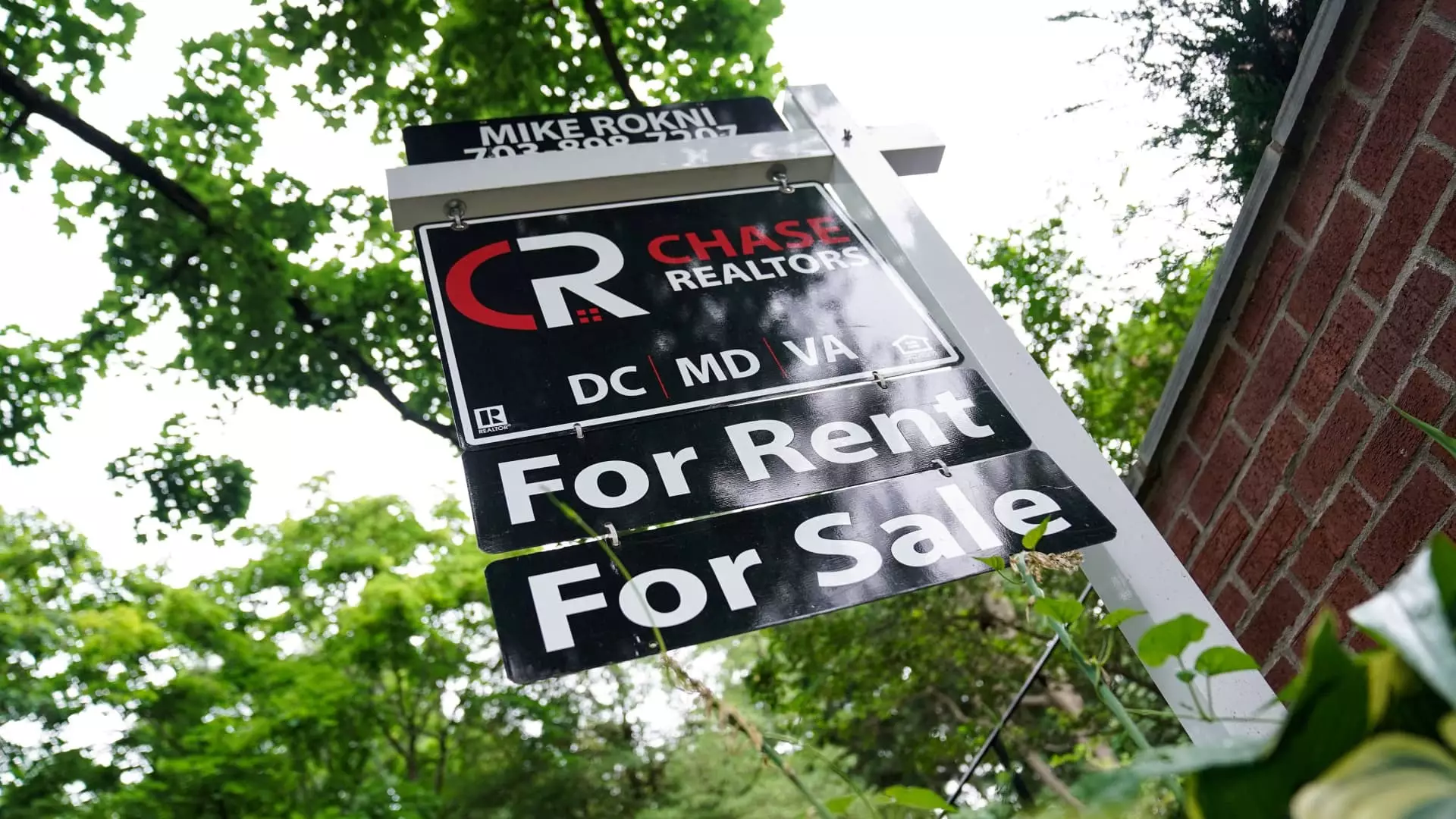September 2023 marked a troubling milestone for the U.S. housing market. According to the National Association of Realtors (NAR), sales of previously owned homes fell by 1% from August, reaching a seasonally adjusted annualized rate of 3.84 million units. This reflects the lowest sales pace since October 2010, and the figures starkly underline a significant slowdown in market activity, with sales down 3.5% when compared to September of the prior year. The ongoing decline raises questions about the market’s resilience and the factors that could be contributing to this stagnation.
The decline in sales was not uniform across the country; three out of four U.S. regions experienced a drop, with only the West region posting gains. Such regional disparities highlight the complexity of the housing market, where varying economic conditions, local governance, and employment rates influence buyer behavior. The nuances in regional performance suggest that while some areas may be more favorable for sellers, others may be struggling to attract buyers, complicating the national outlook.
October brought fluctuations in mortgage rates, starting above 7% for 30-year fixed loans in July and gradually easing below 6.5% in August. These rates, being lower than a year ago by over a full percentage point, have not translated into increased sales. Lawrence Yun, the chief economist for the NAR, pointed out that home sales have been languishing around a four-million-unit pace for essentially the entire year. This stagnation stands in contrast to the typical market behavior, suggesting that additional economic pressures, such as inflation or job instability, may be influencing buyer decisions.
A glimmer of hope for prospective buyers emerged with a 1.5% month-over-month increase in inventory, amounting to 1.39 million homes available at the end of September, which corresponds to a 4.3-month supply based on current sales rates. Homebuyers now have slightly more options, which could enhance decision-making; yet, it must be noted that this inventory increase is undermined by the overall shortage of distressed properties, attributable to a low mortgage delinquency rate. Distressed sales, accounting for just 2% of transactions, reinforce concerns over housing affordability and availability.
Strikingly, the median price for existing homes reached $404,500 in September, illustrating a 3% increase year-over-year. This trend marks the 15th consecutive month of annual price gains, emphasizing the persistent upward pressure on prices due to limited inventory. With cash transactions making up 30% of total sales, the market has shifted, reflecting that cash buyers—often investors—are playing an increasingly dominant role. First-time buyers, struggling against rising prices and competitive offers, represented only 26% of sales, a troubling indicator for the future of homeownership.
The current landscape of the housing market raises serious concerns about sustainability and growth. As home sales falter and inventory struggles to keep up with demand, the role of economic factors, regional disparities, and buyer psychology must be considered. While the slight increase in inventory offers a respite for buyers, the ongoing upward price trend and low sales figures signal deeper issues. Moving forward, the market may find itself at a critical juncture, demanding innovation and adaptability from both agents and potential homeowners.

